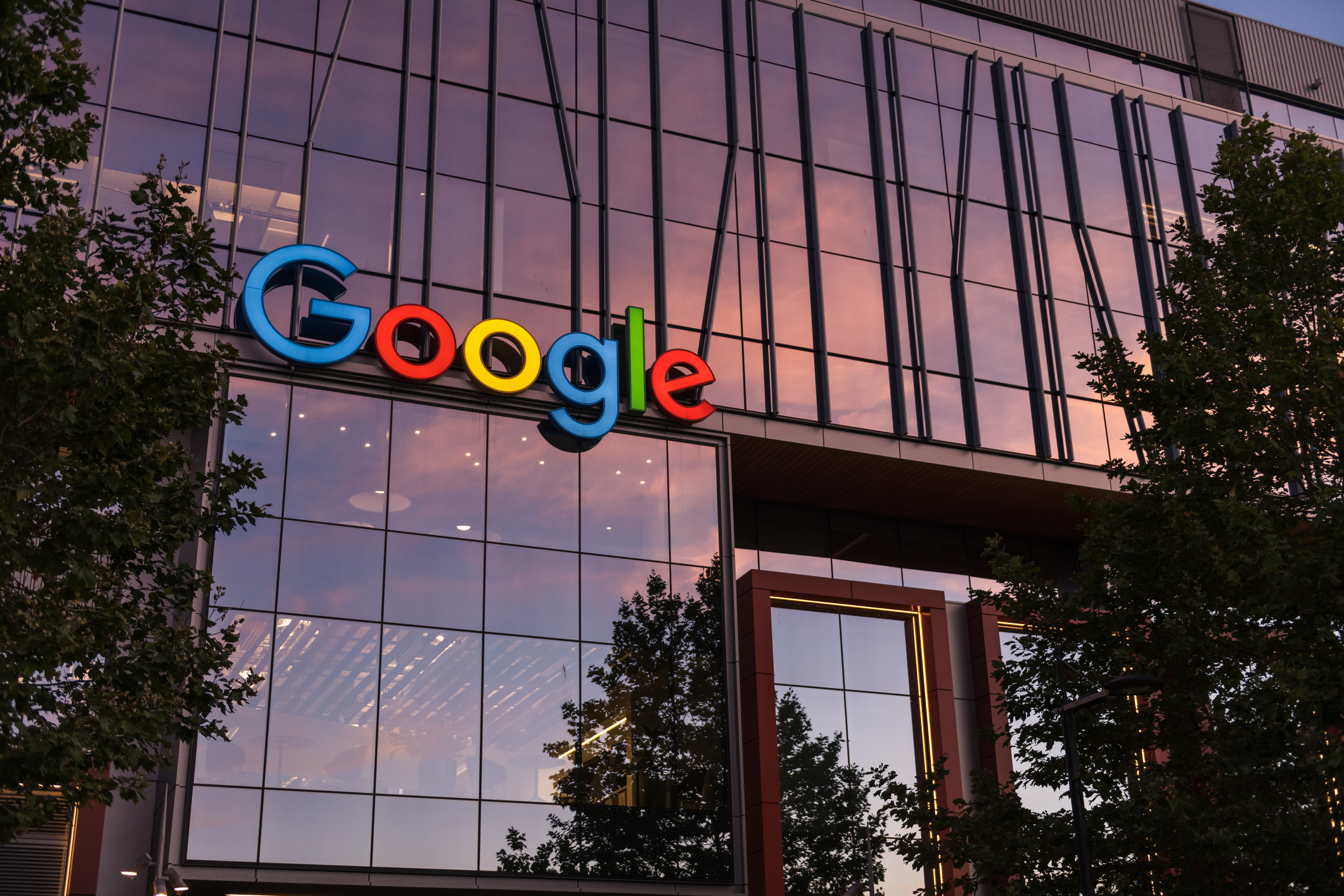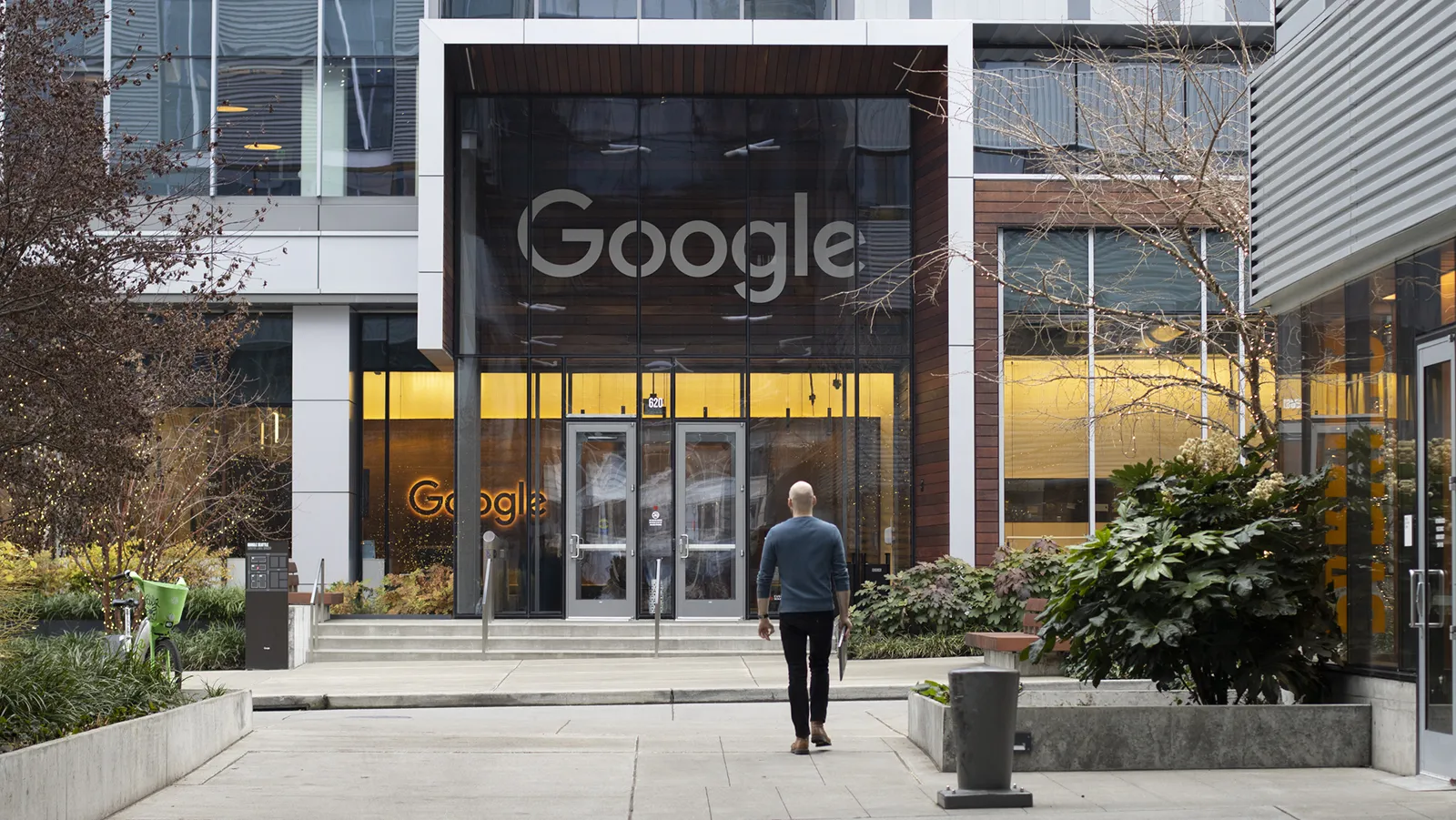The Significant Mistakes in the DOJ’s Definition of the Ad Tech Market

Google and the Justice Department (DOJ) have made their opening statements in the latest monopolization case against the internet company. As the parties face off over the company’s “ad tech” business, the agency alleges that Google holds a monopoly in multiple digital advertising markets, with the DOJ arguing that “Google acquired its way to success.” In its defense, Google counters that the suit is about the government unlawfully forcing it to deal with rivals. There is one clear conclusion so far: the biggest point of controversy lies in defining the relevant market.
Market definition is a tool that enforcers can use to help set the parameters for evaluating a firm’s conduct, which helps them assess its impact on the competitive dynamics of a market. Knowing what market a firm competes in is important to framing the context and understanding if a competitor is being affected by the firm’s behavior.
As previously noted in a discussion of the FTC’s monopolization case against Amazon, careful consideration of all aspects of a market definition is essential to assessing whether the enforcement agency needs to intervene to correct potentially anticompetitive behavior. An artificially narrow or broad market definition risks distorting market realities, creating flawed analyses, or potentially chilling a dynamic and competitive market with misplaced enforcement actions.
In this case, the DOJ alleges Google’s dominance by coining three separate and gerrymandered markets under the umbrella of “open web display advertising,” arguing a “trifecta of monopolies” in the (i) publisher ad servers, (ii) ad exchanges, and (iii) advertiser ad networks markets. When examined carefully, however, this argument appears to ignore market realities.
Through its use of the advertising technology framework, or “ad tech stack,” Google uses publisher ad servers, ad exchanges, and advertiser ad networks in combination with one another to help connect businesses with end users.
Like companies competing for advertising space in a newspaper, Google offers businesses means of placing advertising content in advantageous ways across the internet to reach out to and advertise their products and services to a wide variety of audiences. In its attempt to allege Google’s monopoly, the DOJ separates the ad tech stack into three distinct markets, failing to consider the sum of the parts of the underlying ad tech infrastructure. This infrastructure operates on the same technology to help business customers advertise on multiple platforms, placing ads on the open web, within apps, and on social media websites. Surprisingly, the DOJ’s argument excludes such alternative channels as reasonable substitutes – to say nothing of offline competition like print ads, broadcast ads, or billboards.
Fragmenting the online advertising market into three different markets ignores the particular characteristics of this market. Rather than three different markets, what we can see with online advertising is a single, two-sided market, comprised of buyers and sellers. Proposing three different markets is not only inconsistent with market realities, but also departs from established legal jurisprudence, ignoring Ohio v. American Express. In that Supreme Court decision, the Court ruled that in the case of a multi-sided market, the relevant market should be analyzed as comprising all the relevant sides in the same market definition. Analyzing each side of the market on its own potentially risks having an incomplete assessment of how the market works as a whole. One common example includes restaurant reservation intermediaries such as OpenTable. The same way restaurants, customers, and the platform intermediary ought to be analyzed in the same market, so should the publisher ad servers, ad exchanges, and advertiser ad networks be analyzed as one unique “digital advertisements” market.
The DOJ’s approach to splitting open web display advertising into three distinct markets lacks proper consideration of how it operates as a two-sided market. When weighing the evidence presented by the parties, Judge Leonie Brinkema’s analysis would benefit from a bird’s-eye view, considering the whole picture of the digital advertising market with a more holistic approach rather than its separate components.








